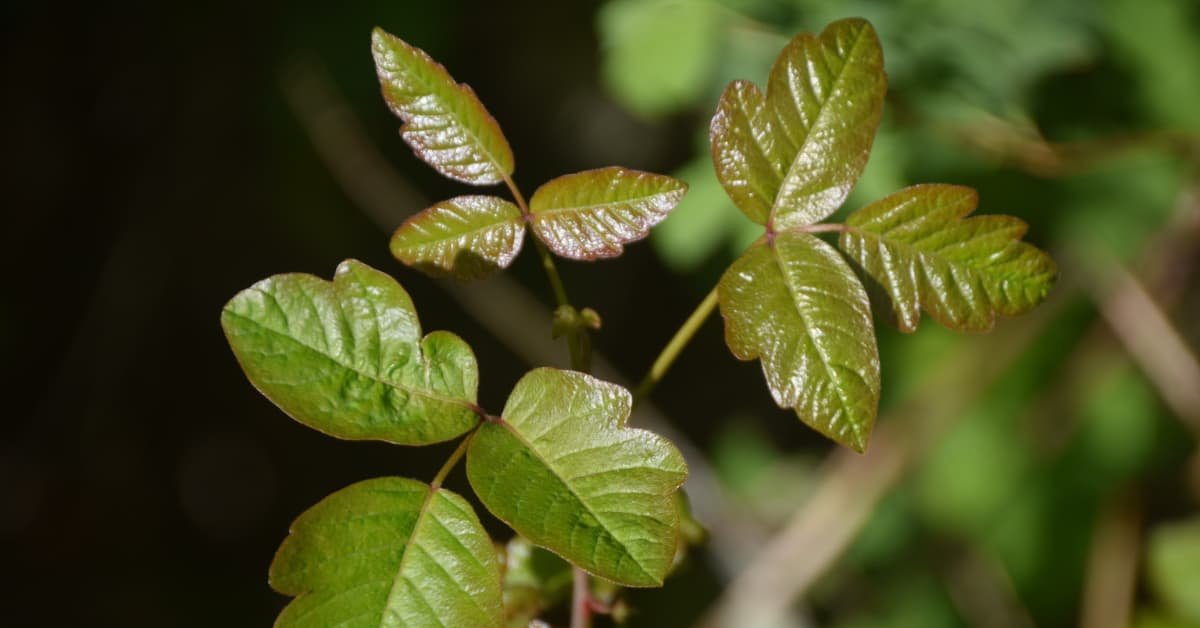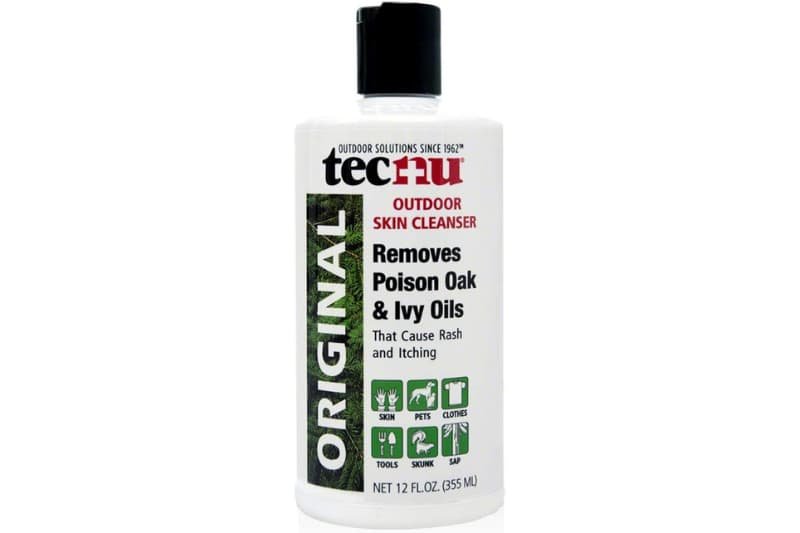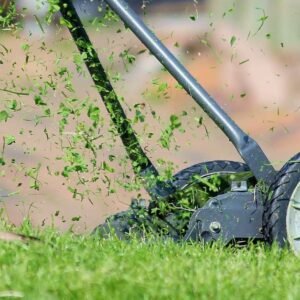
Poison ivy is a common plant that can cause a painful allergic reaction in most people due to the chemical urushiol found on its leaves and stems.
While it may be tempting to burn or compost the plant, it is important to dispose of it to prevent the further spread of the resin.
In this article, we will explore 10 plant-friendly removal methods for poison ivy that are safe and effective for both humans and the environment.
With our helpful guide, you can say goodbye to poison ivy for good and keep your yard safe and healthy for all.
Short Summary
- Proper disposal methods are crucial to prevent the further spread of urushiol resin, which can cling to things for years.
- Protective clothing should be worn during removal, and burning or composting poison ivy should be avoided.
- Cutting back, smothering, herbicides, goats, vinegar, and neem oil are all plant-friendly removal methods with varying costs and effectiveness.
- Prevention is key when it comes to poison ivy, but effective treatments are available if exposure does occur.
Identification and Characteristics
We know that poison ivy is a hardy plant that spreads and contains urushiol, a chemical that causes allergic reactions, making it important to take precautions when identifying and handling the plant.
Identifying poison ivy can be tricky, but there are a few key characteristics to look for. The plant has three glossy, pointed leaflets that are shaped like mittens.
The stem can have small, greenish-white flowers and later, clusters of berries that are whitish or grayish in color.
It’s also important to be aware of poison ivy growth patterns. The plant can grow from seeds or underground root stalks, so it’s important to remove it as soon as possible to prevent it from spreading further.
Poison ivy can also grow in a variety of habitats, from wooded areas to open fields, making it a common plant in many areas.
By understanding how to identify and track poison ivy growth, you can take steps to prevent and control its spread.
Removal and Disposal
When tackling the pesky plant, it’s important to keep in mind the proper disposal methods to prevent the further spread of the urushiol resin.
Protective clothing should be worn to avoid contact with the plant, and the best time to remove it is after rainfall.
Cutting back or removing the plant can control and eradicate it, but it’s important to avoid burning or composting the poison ivy.
These methods can release the urushiol resin into the air and cause serious health problems.
If removing the plant, it’s crucial to place it in a plastic bag, seal it, and dispose of it in the trash.
Herbicides, smothering the plant, and using goats to eat the plant can also be effective methods of removal.
Remember that the urushiol resin can cling to things for years, so taking the proper precautions during removal is crucial to prevent further spread.
Prevention and Treatment

To prevent an allergic reaction from poison ivy, it’s important to wash off the urushiol resin as soon as possible.
This can be done by using soap and water or a specialized product like Tecnu Original Outdoor Skin Cleanser.
It’s essential to wash the affected area, as urushiol can cling to the skin for hours and continue to cause a reaction.
If a rash does appear, there are several effective remedies and natural solutions that can provide relief.
Calamine lotion can soothe itching and reduce inflammation, while oatmeal baths can also be helpful.
Aloe vera gel and witch hazel are other natural options that can ease symptoms.
It’s important to note that burning poison ivy can release toxic fumes, which can be harmful to both humans and animals.
Additionally, it’s crucial to avoid scratching the affected area, as this can lead to infection.
In severe cases, medical attention may be necessary, and prescription medication can be used to treat the rash.
Prevention is key when it comes to poison ivy, and taking precautions like wearing protective clothing and learning to identify the plant can help avoid contact.
If exposure does occur, there are effective treatments available to provide relief.
Below we’ve included a table outlining some top plant-friendly removal methods for poison ivy.
These techniques are effective and conscious, making them a great choice for anyone looking to maintain a healthy and sustainable backyard:
| Method | Description | Pros | Cons | Cost |
|---|---|---|---|---|
| Cutting back | Manually removing the plant | Effective at controlling and eradicating poison ivy | Requires protective clothing and careful disposal of plant material | Free |
| Smothering | Covering the plant with a barrier to prevent growth | Eco-friendly and effective | May take several months to work | Low |
| Herbicide | Using a chemical treatment to kill the plant | Quick and easy | Can harm other plants and may require multiple applications | Medium |
| Goats | Using goats to eat the plant | Eco-friendly and entertaining | May not be effective for large or established plants | High |
| Vinegar | Spraying the plant with a vinegar solution | Safe and easy to use | May not be as effective as other methods | Low |
FAQs:
Can poison ivy grow indoors?
Did you know poison ivy can grow indoors? It thrives in warm, humid environments and can be brought in on clothing or pets.
Prevention methods include checking plants before bringing them inside and using air purifiers to reduce humidity levels.
Is it safe to touch poison ivy if you wear gloves?
Wearing gloves can reduce the risk of direct contact with urushiol on poison ivy, but it’s not 100% effective. Alternative protection methods like long sleeves, pants, and boots should also be used.
Can pets get a rash from poison ivy?
Pet precautions are important when dealing with poison ivy. Dogs and cats can get a rash from direct contact with the plant or from coming into contact with urushiol on your clothing. Treatment options include bathing your pet in Tecnu Pet Shampoo or taking them to the vet for medication.
How long does it take for a poison ivy rash to go away?
Poison ivy rash duration varies from person to person, but usually lasts 1-3 weeks. Relief can be found through home remedies such as cool compresses, oatmeal baths, calamine lotion, and over-the-counter corticosteroid creams.
Can you get a rash from touching clothes that have come in contact with poison ivy?
Avoid a rash from poison ivy by washing clothes immediately after contact. The oil from the plant can cling to fabric for years. Treat clothes like contaminated material and wash them separately from other clothing. Think of it like washing off radioactive material.



